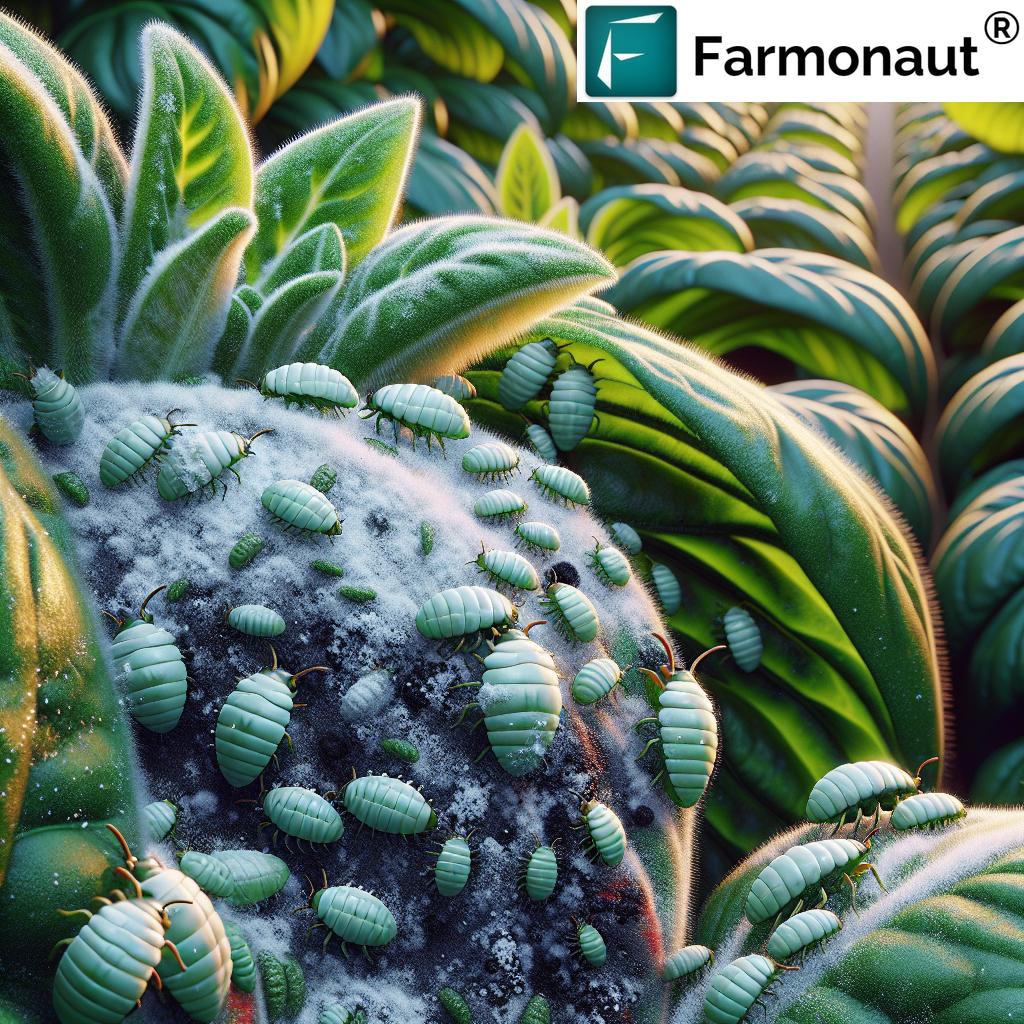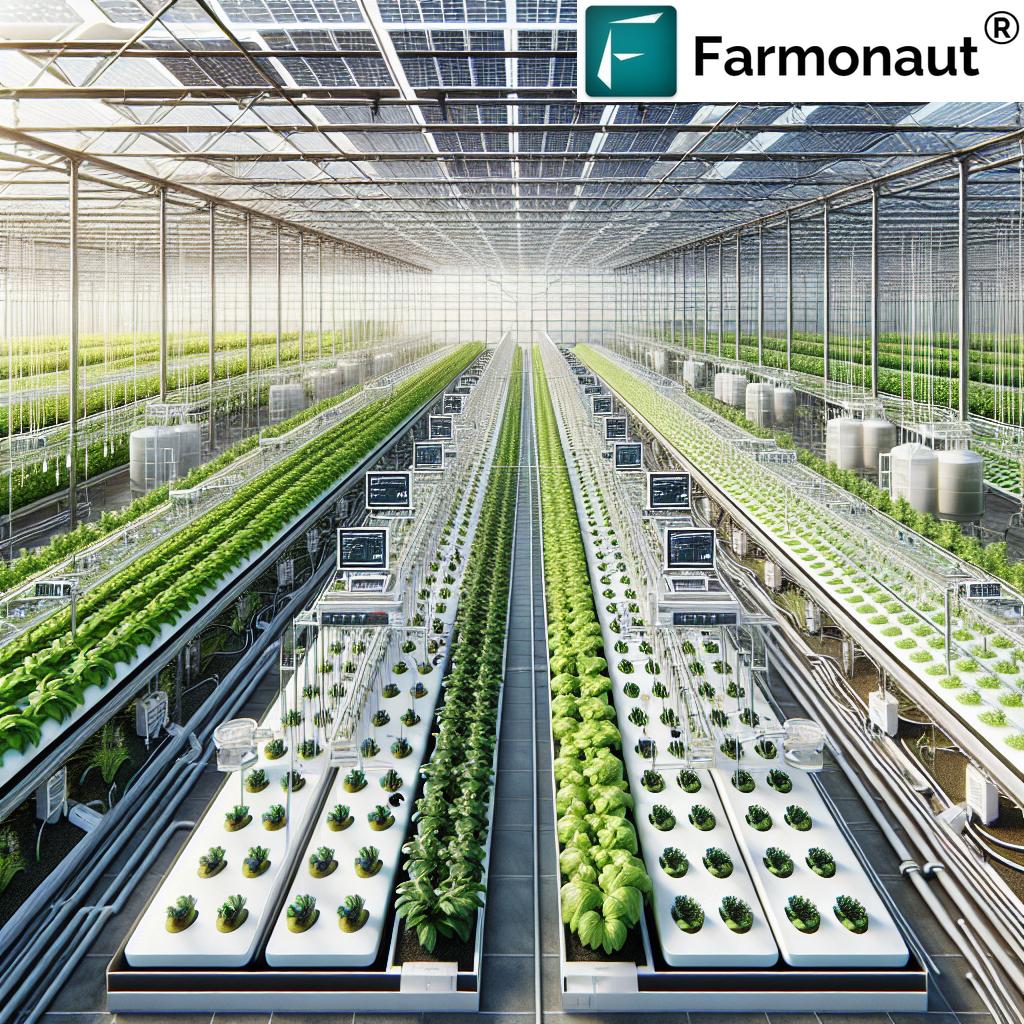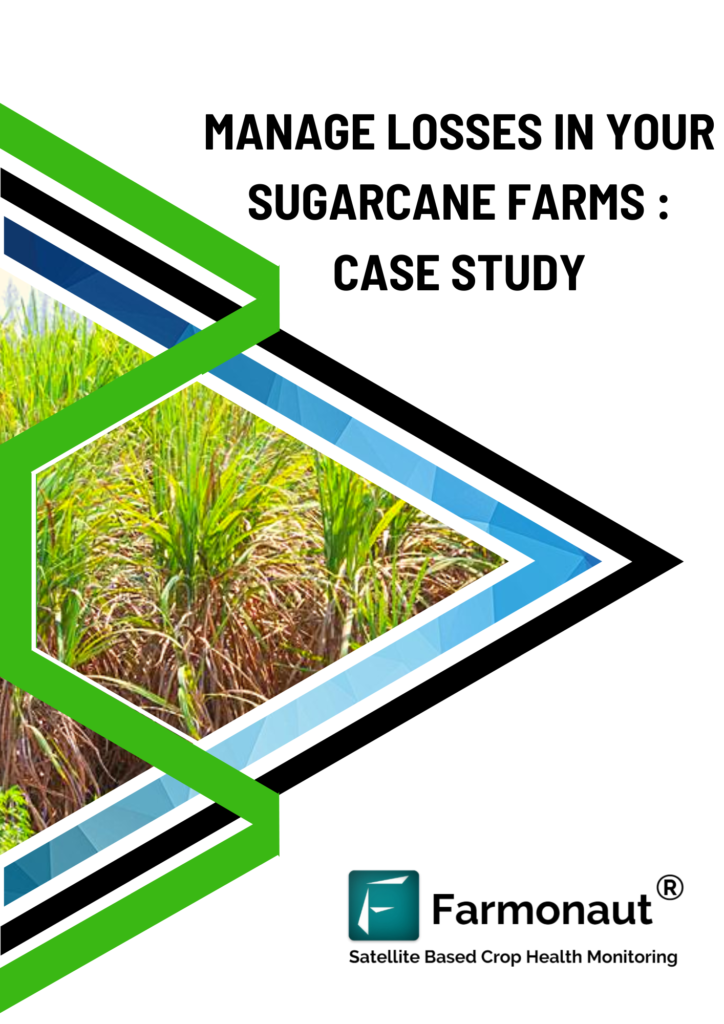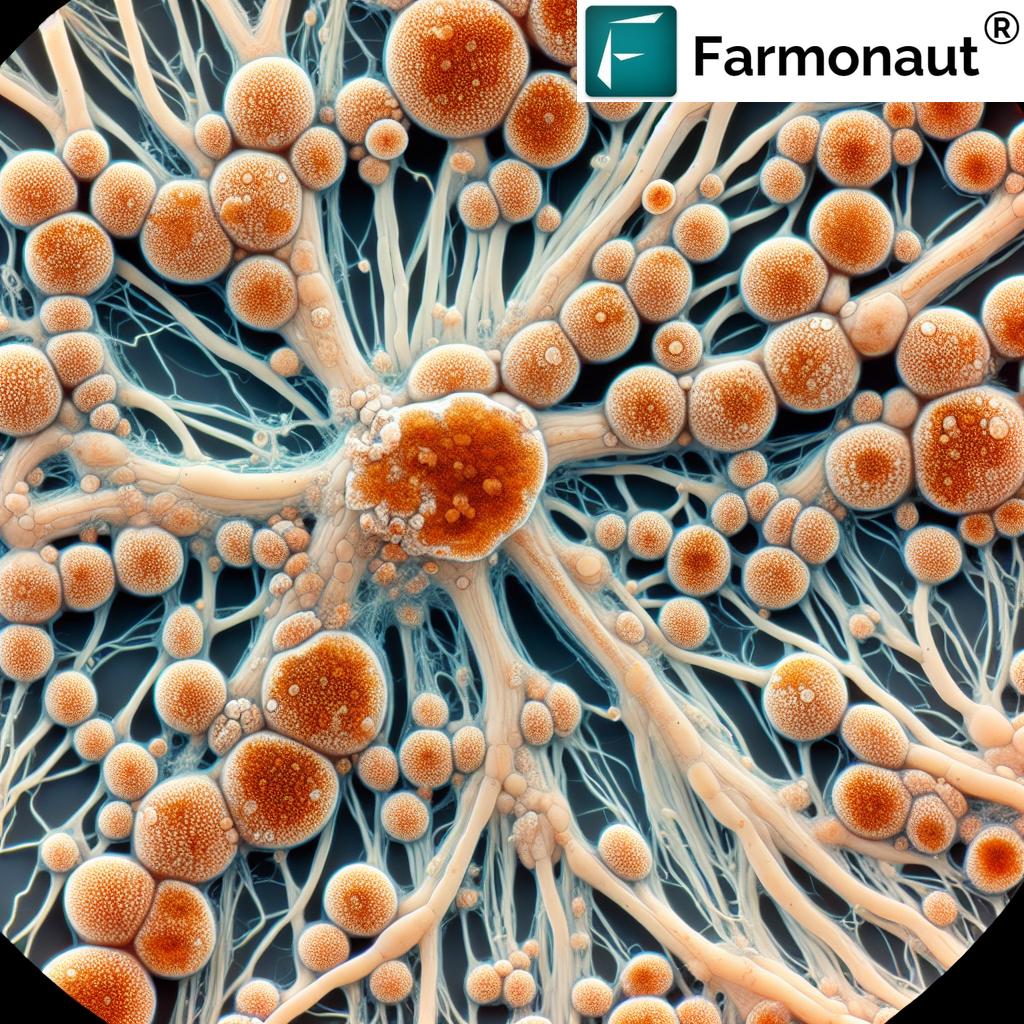Revolutionizing Australian Wine Exports: How GIS and AgTech are Reshaping Sustainable Viticulture
“Australian wine exports reached $2.89 billion in 2020, with China being the largest market at $1.15 billion.”
Welcome to our comprehensive exploration of the dynamic world of Australian wine exports and the innovative technologies reshaping the industry. In this blog post, we’ll uncork the potential of Australian wine in the global marketplace, examining how Geographic Information Systems (GIS) and agricultural technology (AgTech) are revolutionizing sustainable viticulture practices.

The Australian Wine Industry: A Global Powerhouse
Australia has long been renowned for its exceptional wines, with its diverse climate and terroir producing a wide array of grape varieties and styles. As we delve into the intricacies of the Australian wine export market, it’s crucial to understand the factors that have contributed to its success and the challenges it faces in an ever-evolving global landscape.
- Diverse wine regions: From the cool-climate Yarra Valley to the sun-drenched Barossa, Australia boasts a rich tapestry of wine-growing areas.
- Iconic varietals: Shiraz, Cabernet Sauvignon, and Chardonnay have put Australian wines on the world map.
- Innovation in winemaking: Australian vintners are known for their willingness to experiment with new techniques and technologies.
As we navigate the complexities of wine export regulations, quality standards, and compliance requirements for key markets like China, the European Union, and the Americas, we’ll explore how the Australian wine industry is adapting to climate challenges and embracing AgTech solutions to maintain its competitive edge.
GIS Technology: Mapping the Future of Viticulture
Geographic Information Systems (GIS) have emerged as a game-changer in the wine industry, offering unprecedented insights into vineyard management and wine production. Let’s explore how GIS is revolutionizing Australian viticulture:
- Precision mapping: GIS allows for detailed mapping of vineyard topography, soil composition, and microclimates.
- Resource optimization: By analyzing spatial data, vintners can make informed decisions about irrigation, fertilization, and pest control.
- Terroir analysis: GIS helps in understanding the unique characteristics of each vineyard plot, influencing grape quality and wine flavor profiles.
At Farmonaut, we’re at the forefront of this technological revolution, offering satellite-based farm management solutions that integrate seamlessly with GIS technology. Our platform provides real-time crop health monitoring, enabling Australian vintners to make data-driven decisions that enhance wine quality and sustainability.
Sustainable Winegrowing: A Commitment to the Environment
Sustainability has become a cornerstone of modern viticulture, with Australian winemakers leading the charge in implementing environmentally friendly practices. We’ll examine how sustainable winegrowing is shaping the future of the industry:
- Water conservation: Implementing efficient irrigation systems and drought-resistant grape varieties.
- Organic and biodynamic practices: Reducing reliance on synthetic chemicals and promoting biodiversity in vineyards.
- Emissions reduction: Adopting renewable energy sources and optimizing winery operations to minimize carbon footprint.
Farmonaut’s satellite-based solutions play a crucial role in supporting these sustainability efforts. Our AI-driven advisory system, Jeevn AI, provides personalized recommendations for resource management, helping vintners reduce water usage and minimize environmental impact while maintaining high-quality grape production.
AgTech Solutions: Transforming Vineyard Management
Agricultural technology is rapidly transforming the way vineyards are managed, from planting to harvest. Let’s explore some of the innovative AgTech solutions being adopted by Australian winemakers:
- Drone technology: For aerial vineyard mapping and pest detection.
- IoT sensors: Monitoring soil moisture, temperature, and vine health in real-time.
- AI-powered analytics: Predicting optimal harvest times and wine quality based on historical and real-time data.
Farmonaut’s platform integrates seamlessly with these AgTech solutions, providing a comprehensive suite of tools for modern vineyard management. Our satellite-based crop health monitoring system offers unparalleled insights into vine vigor and stress levels, enabling proactive management of potential issues.
Explore Farmonaut’s API for custom AgTech integrations
Geographical Indications in Viticulture: Protecting Regional Identity
Geographical Indications (GIs) play a crucial role in preserving the unique characteristics and reputation of wine-growing regions. We’ll delve into the importance of GIs for Australian wines:
- Terroir recognition: GIs highlight the distinctive qualities imparted by specific regions.
- Consumer trust: GIs provide assurance of authenticity and quality to wine enthusiasts.
- Marketing advantage: Protected regional names can command premium prices in international markets.
Farmonaut’s GIS technology supports the maintenance and validation of Geographical Indications by providing accurate mapping and monitoring of vineyard boundaries and characteristics. This ensures compliance with GI regulations and helps preserve the integrity of Australia’s wine regions.

Climate Change and Viticulture: Adapting to New Realities
“GIS technology has helped increase vineyard efficiency by up to 30% through precise mapping and resource management.”
Climate change poses significant challenges to the wine industry, affecting grape quality, yields, and even the suitability of traditional growing regions. We’ll examine how Australian winemakers are adapting to these changes:
- Varietal selection: Experimenting with grape varieties better suited to warmer climates.
- Vineyard site selection: Exploring cooler regions or higher altitudes for new plantings.
- Adaptive management practices: Implementing techniques to mitigate the effects of extreme weather events.
Farmonaut’s satellite-based monitoring system provides invaluable data on changing climate patterns and their impact on vineyards. Our AI-driven insights help winemakers make informed decisions about vineyard management in the face of climate uncertainties.
Pest and Disease Management: Protecting Grape Quality
Effective pest and disease management is crucial for maintaining grape quality and ensuring consistent wine production. We’ll explore the latest strategies employed by Australian vintners:
- Integrated Pest Management (IPM): Combining biological, cultural, and chemical control methods.
- Early detection systems: Using remote sensing and AI to identify potential outbreaks.
- Precision application: Targeted treatment of affected areas to minimize chemical use.
Farmonaut’s satellite imagery and AI analytics play a crucial role in early pest and disease detection. Our platform can identify subtle changes in vegetation health, alerting vineyard managers to potential issues before they become widespread problems.
Learn more about Farmonaut’s API Developer Docs
Wine Export Regulations: Navigating Global Markets
Exporting wine to international markets requires navigating a complex web of regulations and standards. We’ll examine the key considerations for Australian wine exporters:
- Labeling requirements: Ensuring compliance with destination country regulations.
- Quality standards: Meeting international benchmarks for wine production and safety.
- Tariffs and trade agreements: Understanding the impact of bilateral agreements on market access.
Farmonaut’s blockchain-based traceability solutions can help Australian wine exporters meet stringent compliance requirements. Our system provides a transparent and secure record of the wine’s journey from vineyard to bottle, facilitating smooth international trade.
Emerging Trends in Organic Wine Production
The demand for organic wines is on the rise globally, presenting both opportunities and challenges for Australian producers. We’ll explore the latest trends in organic viticulture:
- Natural winemaking: Minimizing interventions in the fermentation process.
- Biodynamic practices: Implementing holistic approaches to vineyard management.
- Certification processes: Navigating the requirements for organic and biodynamic labeling.
Farmonaut’s platform supports organic wine production by providing detailed insights into soil health and biodiversity. Our carbon footprinting feature helps wineries track and reduce their environmental impact, aligning with organic and sustainable practices.
Wine Tourism: Enhancing the Visitor Experience
Wine tourism is an important aspect of the Australian wine industry, offering opportunities for direct sales and brand building. We’ll examine how technology is enhancing the visitor experience:
- Virtual reality tours: Offering immersive experiences of vineyards and wineries.
- Interactive tasting rooms: Leveraging technology to educate visitors about wine production.
- Personalized experiences: Using data analytics to tailor visits to individual preferences.
Farmonaut’s GIS technology can contribute to wine tourism by providing engaging visualizations of vineyard data. These insights can be incorporated into visitor experiences, offering a unique perspective on the science behind winemaking.
The Future of Australian Wine Exports
As we look to the future, the Australian wine industry is well-positioned to maintain its status as a global leader. By embracing innovative technologies and sustainable practices, Australian winemakers are adapting to changing market demands and environmental challenges.
Farmonaut is proud to be at the forefront of this technological revolution, offering cutting-edge solutions that support the growth and sustainability of the Australian wine industry. Our satellite-based farm management platform, combined with AI-driven insights and blockchain traceability, provides a comprehensive toolkit for modern viticulture.
Australian Wine Regions: GIS and AgTech Impact on Viticulture
| Wine Region | Traditional Viticulture Challenges | Farmonaut GIS Solutions | Estimated Yield Improvement |
|---|---|---|---|
| Barossa Valley | Water scarcity, heat stress | Precise irrigation mapping, heat stress monitoring | 15% water savings, 10-15% yield increase |
| Hunter Valley | Pest pressure, humidity | Early pest detection, targeted spraying | 10-20% increase in grape quality |
| Margaret River | Soil variability, frost risk | Soil composition mapping, frost prediction | 8-12% improvement in fruit consistency |
| Yarra Valley | Climate variability, disease pressure | Microclimate analysis, disease risk modeling | 15-20% reduction in crop losses |
Conclusion
The Australian wine industry stands at the cusp of a new era, where traditional winemaking expertise meets cutting-edge technology. By leveraging GIS, AgTech, and sustainable practices, Australian winemakers are not only adapting to global challenges but also setting new standards for quality and innovation in the international wine market.
As we’ve explored throughout this blog post, the integration of technologies like Farmonaut’s satellite-based farm management solutions is playing a crucial role in reshaping sustainable viticulture. From precise vineyard management to enhanced traceability and compliance, these innovations are helping Australian wines maintain their world-class reputation while adapting to the demands of a changing climate and evolving consumer preferences.
The future of Australian wine exports looks bright, fueled by a combination of rich winemaking tradition and forward-thinking adoption of technology. As the industry continues to evolve, we at Farmonaut are committed to supporting Australian vintners with the tools and insights they need to thrive in the global marketplace.
FAQ Section
- How is GIS technology improving wine production in Australia?
GIS technology enhances wine production by providing precise mapping of vineyard conditions, optimizing resource allocation, and enabling data-driven decision-making for vineyard management. - What are the main challenges facing Australian wine exports?
Key challenges include climate change impacts, evolving international market demands, stringent export regulations, and competition from other wine-producing nations. - How does Farmonaut contribute to sustainable viticulture?
Farmonaut’s satellite-based monitoring and AI-driven insights help vintners optimize resource use, reduce environmental impact, and implement sustainable farming practices. - What role does blockchain play in wine traceability?
Blockchain technology ensures transparent and secure tracking of wine from vineyard to consumer, enhancing trust and facilitating compliance with international regulations. - How are Australian winemakers adapting to climate change?
Strategies include exploring new grape varieties, adjusting vineyard locations, implementing water-saving technologies, and using data analytics for adaptive management.















